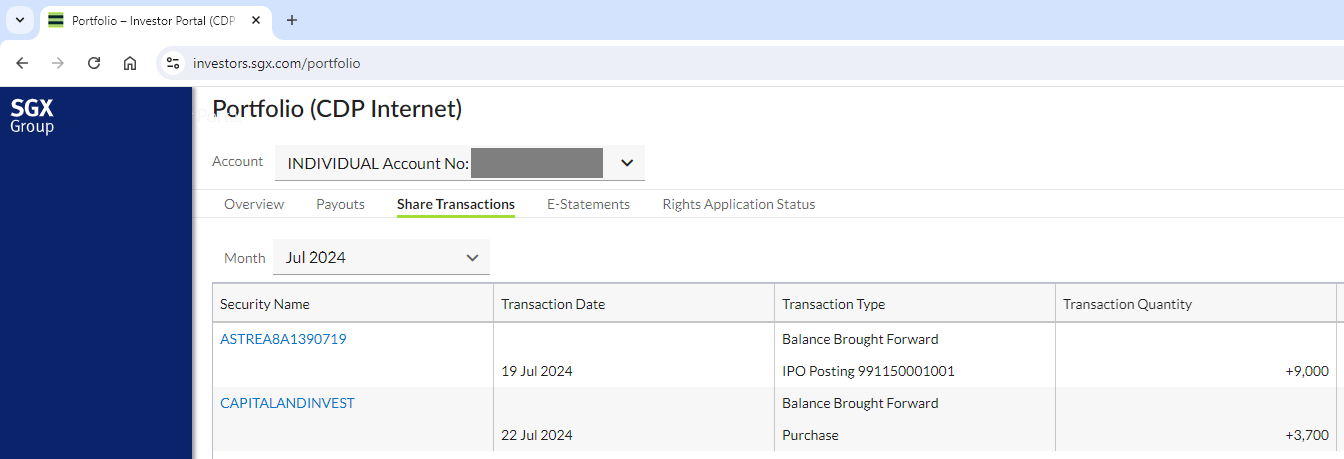A Strategic Review: Positioning for a Rate Cut
A Strategic Overview: Positioning for a Rate Cut
With Federal Reserve Chair Jerome Powell hinting at a potential rate cut in September, it's crucial to assess how various assets might react and strategically position ourselves to benefit from such a move. When interest rates drop, certain investments typically experience favorable conditions, leading to price appreciation and enhanced returns. Bonds, REITs, and dividend stocks, which are key components of my portfolio, are particularly well-positioned to thrive in this environment. I have already increased my allocations to these assets in July and plan to continue investing in them in the months ahead.

Unsupported feature.
Please use the mobile app.
Unsupported feature.
Please use the mobile app.
Why These Assets Stand to Gain
The potential for price appreciation among bonds, REITs, and dividend stocks in a declining rate environment underscores their strategic value in my portfolio. Bonds are likely to see price increases as they become more attractive compared to new issues with lower yields. REITs can benefit from reduced borrowing costs and higher real estate values, boosting both profitability and asset prices. Dividend stocks may attract increased investor interest as the returns on fixed-income investments diminish, driving their prices higher.
By maintaining a diversified mix of these assets and actively expanding my investments, I am strategically positioning my portfolio to take full advantage of the benefits a rate cut could bring. This approach helps ensure that my investments remain resilient and continue to deliver robust returns across various economic conditions.
Bonds and Their Price Appreciation Potential
Bonds are one of the most direct beneficiaries of falling interest rates. When rates decline, the existing bonds in the market, especially those with higher coupons like the $Astrea8A2 6.35%390719# (Z2AB.SG)$ bond, become more attractive. This is because new bonds will likely offer lower yields, making older bonds with higher fixed rates more valuable. As a result, the price of these bonds typically rises, leading to capital gains for investors. For instance, $Astrea8A1 4.35%390719# (Z1AB.SG)$, which I added to my portfolio, has already gained 2.5%. If rates continue to drop, this bond's price could increase further, adding to the income it already provides.
How REITs Can Gain from Lower Interest Rates
Real Estate Investment Trusts (REITs) also stand to gain significantly from a drop in interest rates. REITs often rely on borrowing to finance their real estate investments, and lower interest rates reduce their borrowing costs. This can lead to higher profitability, which in turn can support or even increase dividend payouts to investors. Additionally, lower rates tend to boost the value of real estate assets themselves, as investors search for yield in a low-rate environment, driving more capital into property investments.

In my recent purchases, $LINK REIT (00823.HK)$ which provided an 8% dividend yield at the time of purchase, has gained 8.35%, reflecting its ability to capitalize on favorable market conditions. I also increased my stake in $CapitaLandInvest (9CI.SG)$ at a price of $2.74, enjoying a 4.4% dividend yield which is higher than CPF SA. Although it has decreased by 8.83% since my investment, I am optimistic that a rate cut could reverse this trend by lowering financing costs and increasing the value of its real estate holdings. As rates continue to decline, both REITs are likely to see price appreciation, enhancing their value in my portfolio.

Dividend Stocks and Their Rising Appeal
Dividend-paying stocks are another asset class that can benefit when interest rates fall. Lower rates often lead to reduced returns on fixed-income investments, prompting investors to seek out higher-yielding alternatives like dividend stocks. This increased demand can drive up the prices of these stocks. Additionally, companies that pay dividends might see their stock prices rise as their cost of borrowing decreases, leaving more cash available for dividend payouts or reinvestment in the business.
For example, $PING AN (02318.HK)$ which I added to my portfolio for its 8% dividend yield, has already seen a modest gain of 0.45%. As interest rates decrease, this stock could attract more investors looking for reliable income, potentially driving its price higher. Additionally, Ping An's solid financial performance suggests it could sustain or even increase its dividend payouts, further enhancing its appeal.

Summary
In summary, the potential for price appreciation across bonds, REITs, and dividend stocks in a declining rate environment highlights their strategic importance in my portfolio. Looking ahead, I anticipate that all my existing dividend stocks and REITs will benefit from a rate cut. As interest rates decrease, these assets are likely to rise in value, fueled by increased demand and improved financial conditions. To capitalize on these anticipated gains, I plan to increase my investments in these asset classes.
By maintaining a diversified mix and actively expanding my holdings, I'm positioning myself to maximize returns while ensuring that my investments remain resilient and responsive to market changes. This approach will allow me to fully leverage the benefits of a rate cut, securing robust performance across varying economic conditions.
Disclaimer: Community is offered by Moomoo Technologies Inc. and is for educational purposes only.
Read more
Comment
Sign in to post a comment
